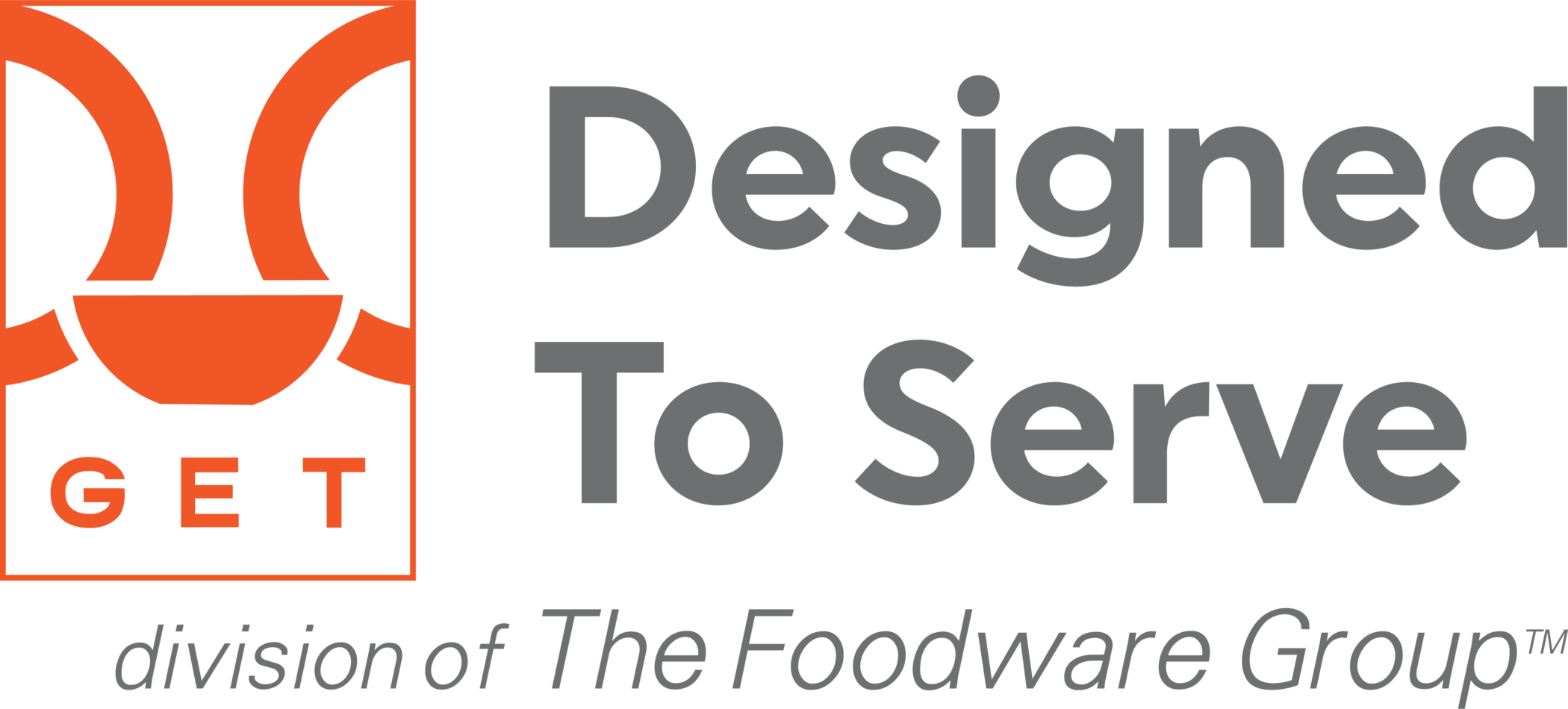Reusable vs Disposable Dinnerware: Costs & Benefits for a Foodservice Operation
Reusable and disposable dinnerware are both popular choices for foodservice operations. Some operators opt for using disposables because they’re fast, easy to clean up, and seem more economical. Others choose to go with reusable dinnerware because it is more sustainable and can greatly improve the perception of their brand and the accompanying menu.
In a recent study, consumers were asked what they would like to eat their food on when dining out. They responded that they did not want to eat on paper/Styrofoamª, and they did want their plates to be clean and not chipped or cracked.
Here at G.E.T., we’ve heard from many foodservice operators wondering what the cost difference between, and benefits of these two options might look like. We’re going to dig in to how product and operational costs compare between reusable and disposable dinnerware so you can see which choice is best for you.
Because every operation is unique, from labor costs to rent and beyond, we’re taking a broad approach to our calculations. We want to give operators guiding hypothetical calculations upon which they can build a snapshot of the cost difference between disposables and reusables that reflects their specific operational needs.
Cost of Product and Replacement
Disposable Dinnerware Cost
As an example, let’s look at a two-year period for a restaurant that feeds 1,000 diners per week every year. And let’s say this restaurant has 50 total seats. If you use a regular 9-inch Styrofoamª plate at $0.02 each, your annual investment cost will be $1,040 ($0.02 each x 52,000 plates.) Because you will need one plate per customer, the $1,040 will always be your yearly expense for disposable plates (assuming only one per customer).

Reusable Dinnerware Cost
In the same scenario, if you decide to go with a reusable dinnerware option, like a 9-inch melamine plate at $2.98 per plate, it will only cost $447 for the initial investment ($2.98 each x 150 plates.) Why 150 plates in this scenario? Because of the reusability factor, you will not need as many plates as you would with disposables. Keep in mind, a good ratio for reusable dinnerware is three pieces of dinnerware for every one seat. This lets you use 1/3, wash another 1/3, and stock the remaining 1/3 so that you can get the optimal service life out of your reusable dinnerware.
The reason why we chose a melamine plate in this example is because melamine plates are more durable than china and will help you to keep the cost down when it comes to replenishment. If you’d like to read more on this subject, we have an article that examines the “Replacement Rate for Commercial Dinnerware: China vs Melamine.”
Since reusable melamine dinnerware comes with an average replacement rate of 10%-20% of the initial investment per year (15 plates in our example), your yearly replacement cost would be $45-$90 for reusable plates ($2.98 each x 15 plates).

As you can see, the initial cost for reusables is less than disposables, and will remain so every year due to reusables’ low initial investment and replacement rate. However, as you will see, different operational costs can impact the overall investment between these two popular dinnerware choices.
Operational Costs
When it comes to disposables, you know you will be spending money on trash bags and waste hauling fees. On the other hand, if you choose reusable dinnerware, you will need to invest in a dish washing solution if you don’t already have one. For the sake of this article, let’s assume a dishwasher is the solution vs. hand-washing. The price of the dishwasher will cost on average $1,800 for an operation like the one mentioned above with 50 seats. However, the money saved from not purchasing disposable plates and decreasing your trash pick up will offset the purchase of the dishwasher over time.
Effects of Reusable Dinnerware vs Disposable on Your Operation’s Brand
While disposables may be an efficient and relatively inexpensive method of serving your guests, they can also position your brand and its perceived value proposition as informal or dressed down. For some operators, this is exactly the kind of atmosphere they want to create for their guests, which means that disposables may be a perfect fit. For others, however, reusables may present an opportunity to elevate brand perception in the eyes of their guests.

For example, the tacos in the image are the exact same tacos in each picture, they’re just plated using different tableware. You’d probably agree that the tacos served on the reusable plates look more expensive. But the reality is that the only difference is the presentation.
The key takeaway here is that for brands interested in a simple, inexpensive way to elevate their value proposition, simply starting with reusable plates can make a big impact. If your guests perceive their food to be more expensive, you can justify charging a little more for it. Over time, this can help you grow profits while cementing a more sophisticated perception of your brand than what disposables can offer.
Which Kind of Dinnerware Is Best for Your Operation?
It completely depends on your goals.
Reusable dinnerware has a higher per-plate cost than disposables. However, you don’t need as many of them, and their cost can be offset over time by low replacement rates, slightly higher menu prices, and a refined brand perception. Like we mentioned, though, reusables may not be a good option for every service style.
If your operation only serves food to-go, like a food truck, grab-and-go, concession stand, or if your space isn’t set up for a dishwasher, then disposables are a great fit.
Remember to consider these key factors when reviewing potential costs of reusable vs disposable dinnerware for your operation:
- Service style – dine-in and to-go, to-go only, etc.
- Ability to install/accommodate a dishwasher in your space
- Your desired brand position and value proposition
- Number of meals served each day
- How many plates you’ll initially need to order
- Of your initial order, how many will you need to replace?
- 100% with disposables
- 10%-20% with reusables (if you choose melamine dinnerware)
This information should serve you well as you work through your decision process. Another article on this topic that may help you further understand replacement rates of reusable dinnerware is “What is the Normal Lifespan of a Melamine Plate?”








